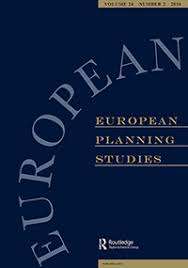
Regional Convergence in Central and Eastern European Countries: A Multidimensional Approach
The paper examines the dynamics of regional income at the NUTS3 level of the new EU Member States from Central and Eastern Europe in the years 1998–2005. The authors apply a wide range of methods and tools including classical beta and sigma convergence analysis supplemented by transition matrices, kernel density estimations and spatial autocorrelation statistics. Results of such a multi-dimensional empirical study reveal some previously unrecognized patterns of regional growth in Central and Eastern European Countries (CEECs). Well-acknowledged metropolization and marginalization processes that cause regional divergence at the national scale are accompanied by the following processes. Firstly, at the macroregional scale, regional convergence has been observed as a result of differences in growth rates between individual countries. Secondly, at the national scale, petrification of existing regional structures has been prevailing in majority of the countries. Furthermore, weak convergence of clubs has been observed separately among the richest metropolitan regions and between the group of the poorest regions. In general, the polycentric spatial structure of the macroregion has reduced the impact of rapid growth of rich capital city-regions on convergence processes. Simultaneously, diffusion of development processes had a rather limited range and polarization in larger metropolitan regions have been a characteristic feature of CEECs.




